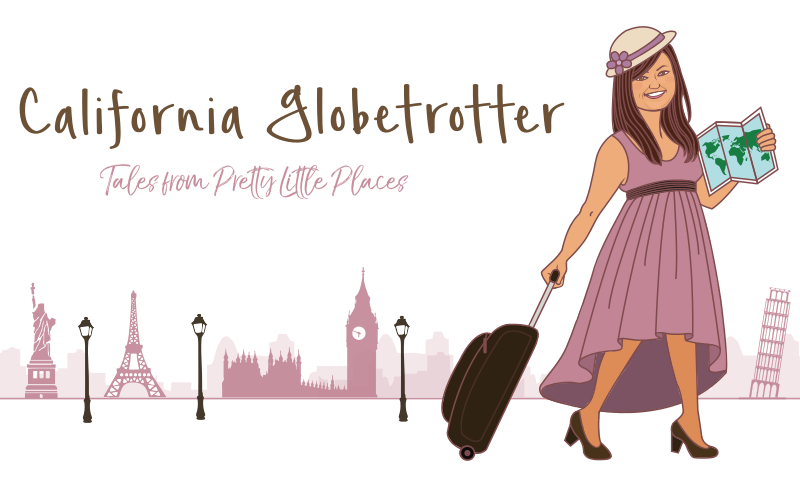Nearly in the heart of Germany is one of Germany’s best kept secrets practically unheard of outside of the country. Often referred to as a “mini Black Forest”, the Harz Mountains, stretches 100 km long and 30 km wide over a distance of three German states, Saxony-Anhalt, Lower Saxony and Thuringia. Boasting of Medieval towns littered with timber-frame houses, historic steam trains, UNESCO World Heritage status, fairy tale castles and a lot of natural beauty in between, it’s a great place to explore lesser known parts of Germany.
If you’re an avid Caliglobetrotter reader, you’ve likely noticed by now that many of the places we visit are low-key destinations. Small towns and cities or hidden natural gems not always found between the pages of a travel guide. You might ask, well then how did you discover these hidden gems in Germany? I certainly like to think I have a special talent in sniffing out the diamond in the rough, the whimsical town that is better than any major city.
When it comes to traveling and picking out a new destination to visit, I take many things into consideration. From, location, hotels, city center, activities and restaurants. When traveling, I always stop to think about the things to do on every holiday we go on, from making sure we can do a city walking tour, to visiting a library and most importantly, starting any sightseeing at the local city hall. WHY you ask!?
If you’re planning a trip to Germany soon but wondering what you should do when you get here, look no further! There are a million things to do in Germany where one can stuff their face with the most delicious food in Germany to visiting the best festivals, celebrating the best holidays, visiting Germany’s most popular tourist attractions and lesser-known gems!
In towns and cities all over the world, the city hall (Rathaus) is the focal point for residents and tourists alike. Whether it be the politics behind the city hall, simply as a meeting point or main attraction, they draw us in either their elegance. It functions as a seat of government, a place of of significant events within the city as well as a place to bring people together on daily basis.
Along my travels, and having been lucky enough to live in two of these cities, I’ve come to learn which cities were almost entirely spared from the ravages of war or were only minimally destroyed. So I’ve gathered a list of cities and towns throughout Germany which were untouched and still offer that historic Medieval charm we all crave to see and feel. And while there are many destinations in Germany to visit which also survived, I have yet to visit all of them.
At the foot of the Harz mountains just over the border in Lower Saxony, not far from Quedlinburg and Wernigerode, is yet another town with 1,800 half-timbered houses, the epitome of adorable. One of Germany’s hidden treasures with an imperial past whose wealth came from the surrounding zinc, copper and silver mines. The town has remained practically unchanged, making it a must-see UNESCO World Heritage Site and one of the best cities to visit in Northern Germany!
Throughout Germany, trains play a vital role in the movement and transportation of people and goods, intricately holding towns and cities together. But gone are the days of luxury rides on steam engine trains as they have been replaced by more high speed, modern trains… or so I thought.
Located in the Harz Mountains in northern Germany, historic steam trains dating back to 1898 are alive and well. Considered to be Germany’s largest network of narrow-gauge railways, the principal towns of Wernigerode, Quedlinburg, as well as Nordhausen are all linked together via the Harzer Schmalspurbahnen (HSB), criss-crossing through the states of Lower Saxony, Saxony-Anhalt and Thuringia.
Let’s be honest. When you think about Germany, everyone pictures Germans wearing Lederhosen, drinking beer and eating bratwurst, magnificent fairy tale castles perched high above the towns people and beautiful landscapes. While this is partially true, there is certainly much much more to this wonderful country.
There are three types of dwellings most Germans reside in: Big cities like Berlin, Munich or Frankfurt, villages out in the countryside with endless fields of crops and then there’s half-timbered storybook towns that we imagine all of Germany must look like.










